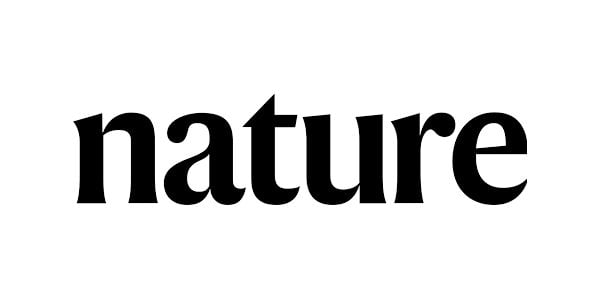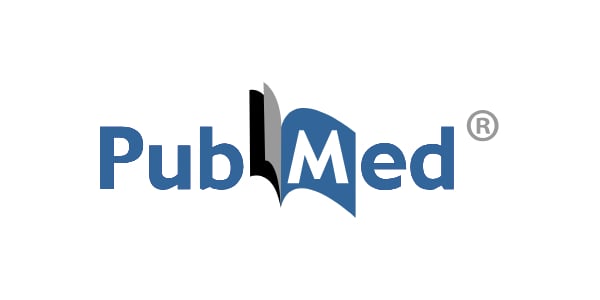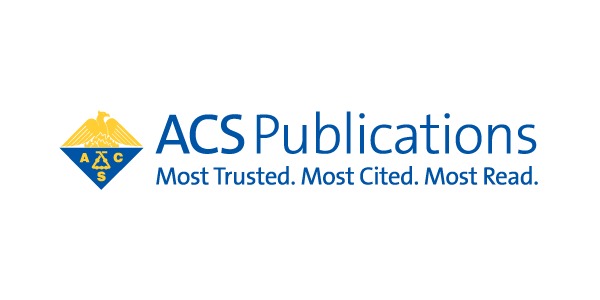1 min read
1 min read
Far-UVC light: A new tool to control the spread of airborne-mediated microbial diseases
UV Medico : Mar 4, 2024 2:11:23 PM

Airborne-mediated microbial diseases such as influenza and tuberculosis represent major public health challenges. A direct approach to prevent airborne transmission is inactivation of airborne pathogens, and the airborne antimicrobial potential of UVC ultraviolet light has long been stablished; however, its widespread use in public settings is limited because conventional UVC light sources are both carcinogenic and cataractogenic. By contrast, we have previously shown that far-UVC light (207–222 nm) efficiently inactivates bacteria without harm to exposed mammalian skin. This is because, due to its strong absorbance in biological materials, far-UVC light cannot penetrate even the outer (non living) layers of human skin or eye; however, because bacteria and viruses are of micrometer or smaller dimensions, far-UVC can penetrate and inactivate them. We show for the first time that far-UVC efficiently inactivates airborne aerosolized viruses, with a very low dose of 2 mJ/cm2 of 222-nm light inactivating >95% of aerosolized H1N1 influenza virus. Continuous very low dose-rate far-UVC light in indoor public locations is a promising, safe and inexpensive tool to reduce the spread of airbornemediated microbial diseases.
Latest knowledge from UV Medico

1 min read
Disinfection and healing effects of 222-nm UVC light on methicillin-resistant
UV Medico : Mar 4, 2024 2:38:46 PM

1 min read
Far-UVC light (222 nm) efficiently and safely inactivates airborne human coronaviruses
UV Medico : Mar 4, 2024 2:05:41 PM

1 min read
Disinfection capabilities of a 222 nm wavelength ultraviolet lighting device: a pilot study
UV Medico : Mar 4, 2024 2:36:11 PM

1 min read
Inactivation of Coronaviruses and Phage Phi6 from Irradiation across UVC Wavelengths
UV Medico : Mar 4, 2024 2:40:42 PM

 UV222™
UV222™ UV222 Linear
UV222 Linear UV222 Downlight
UV222 Downlight Vertex 222
Vertex 222.png) UV222 Pendant
UV222 Pendant.png) UV222 Booth
UV222 Booth.png) UV222 Step-On
UV222 Step-On.png) UV222 Cleanroom Downlight
UV222 Cleanroom Downlight.png) UV222 Pass-Through Box
UV222 Pass-Through Box.png) UV222 Material Airlock
UV222 Material Airlock UV222 Ambulance
UV222 Ambulance UV222 Industrial
UV222 Industrial